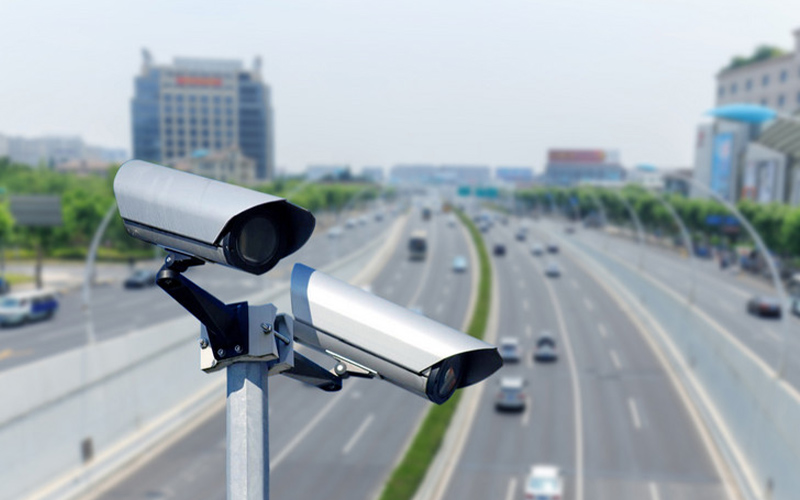
Security monitoring enables administrators to effectively monitor, control, and evaluate network or host systems through real-time monitoring of network or host activity, monitoring and analyzing user and system behavior, auditing system configurations and vulnerabilities, evaluating the integrity of sensitive systems and data, identifying attack behavior, tracking abnormal behavior, identifying violations of security regulations, and using deception servers to record hacker behavior.
The task of collecting real-time data is carried out by channels and remote control devices. The collected data information must undergo simple filtering, eliminate obvious unreasonable data, and then be sent to the database. Through state estimation, data that cannot be directly obtained by remote control devices (such as voltage phase angle) can also be obtained, and erroneous data can be detected, identified, and eliminated, making the real-time database more comprehensive. Another important function of security monitoring is to determine the network structure.
① Taking into full consideration the experience and habits of dispatchers, it should be manifested as having a rich set of graphical symbols dedicated to the operation of the power system; Should have appropriate written expression ability; The color of the screen should be utilized reasonably; Reasonable arrangement of screen structure; The display should be able to display a simple operating curve of the power system; Sufficient human-machine dialogue methods should be provided to dispatchers, such as keyboards, light buttons, light pens, trackballs, etc., so that they can input information, data, and commands to the monitoring system, call and modify the screen, etc.
② Has a high response speed. The response time from the moment the screen is called to the completion of the display is generally required to be between 0.5 and 3 seconds, and in the worst case, it should not exceed 5 seconds.
③ The update frequency of dynamic data displayed on color screen display (CRT) depends on the purpose of different images. For the display screen used by dispatchers, real-time data is updated on average every 10 seconds. The update of state variables should be carried out immediately after the change occurs.
④ All human-machine dialogue functions must be able to be completed on any redundant console. When dedicated consoles are divided according to different functions, the backup issue is difficult to handle and requires more investment in redundant parts. If all consoles are the same and each console can complete all the functions of human-machine dialogue, then as long as there is still one console in operation, the entire system can be operated.

Brief introduction
Online identification and dynamic display of the actual operation status of the power system. Security monitoring requires real-time data (information) of the entire power system. There are several types of information that need to be detected: active power flow, reactive power flow, branch current, bus voltage, active and reactive power injection of the bus, frequency, energy meter reading, circuit breaker status and number of operations, position of isolating switch, operation status of protective relay, position of transformer tap, status of each substation, various alarms, etc. Usually, color screen displays are used to dynamically display the operating status of the power system to dispatchers.Inspect
Security monitoring also includes checks on operational constraints. When a violation of constraint conditions is found, immediately report to the dispatcher to determine whether the power system is approaching an accident state or is already in an accident state.The task of collecting real-time data is carried out by channels and remote control devices. The collected data information must undergo simple filtering, eliminate obvious unreasonable data, and then be sent to the database. Through state estimation, data that cannot be directly obtained by remote control devices (such as voltage phase angle) can also be obtained, and erroneous data can be detected, identified, and eliminated, making the real-time database more comprehensive. Another important function of security monitoring is to determine the network structure.
Component
The human-machine dialogue subsystem is an important component in the security monitoring system. It includes color graphic displays, dynamic simulation disks, trend recorders, running recorders, alarm devices, etc. There are four requirements for the design of human-machine dialogue systems.① Taking into full consideration the experience and habits of dispatchers, it should be manifested as having a rich set of graphical symbols dedicated to the operation of the power system; Should have appropriate written expression ability; The color of the screen should be utilized reasonably; Reasonable arrangement of screen structure; The display should be able to display a simple operating curve of the power system; Sufficient human-machine dialogue methods should be provided to dispatchers, such as keyboards, light buttons, light pens, trackballs, etc., so that they can input information, data, and commands to the monitoring system, call and modify the screen, etc.
② Has a high response speed. The response time from the moment the screen is called to the completion of the display is generally required to be between 0.5 and 3 seconds, and in the worst case, it should not exceed 5 seconds.
③ The update frequency of dynamic data displayed on color screen display (CRT) depends on the purpose of different images. For the display screen used by dispatchers, real-time data is updated on average every 10 seconds. The update of state variables should be carried out immediately after the change occurs.
④ All human-machine dialogue functions must be able to be completed on any redundant console. When dedicated consoles are divided according to different functions, the backup issue is difficult to handle and requires more investment in redundant parts. If all consoles are the same and each console can complete all the functions of human-machine dialogue, then as long as there is still one console in operation, the entire system can be operated.
